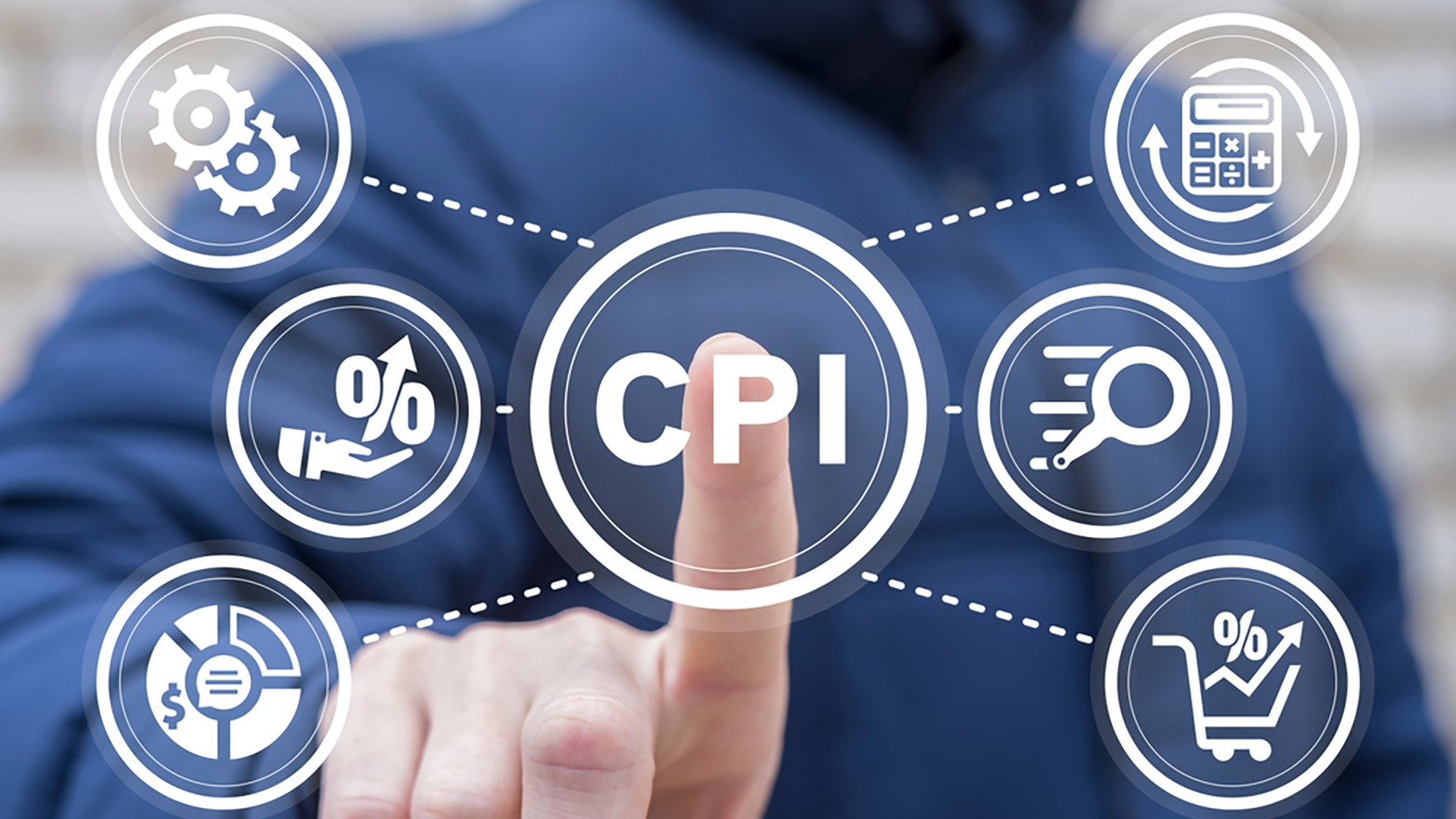Inflation reheats in August
Fuel prices drove the increase.

September 13, 2023
The Consumer Price Index (CPI) rose 0.6% in August, triple the pace of July and the fastest monthly pace since June 2022 when the CPI peaked. Over half of that increase was triggered by a sharp, double-digit jump in prices at the gas pump. The CPI rose 3.7% from a year ago, up from the 3.2% pace of July. The three-month annualized pace of inflation, which better reflects momentum, jumped at a 4% rate in August, the hottest pace since February 2023.
The core CPI (excluding food and energy), which the Federal Reserve tracks closely as it is more of an indicator of where inflation is going, rose 0.3% in August, slightly more than expected. That translates to a 4.4% increase from a year ago, a cooling from the 4.7% pace last month. Shelter costs continued to moderate, with continued declines in hotel room rates, but we are starting to hit a floor on how low shelter costs can fall given some firming in new home values. New car prices moved back up during the month, while used vehicle prices continued to plummet. The three-month annualized rate of core CPI cooled to 2.4%, down from 3.1% in July.
Another upside in the September CPI would worry hawks within the ranks of the Fed and fuel the debate over another rate hike in November. We currently expect the Fed to remain on hold for the rest of the year and into 2024, but another rate hike cannot be ruled out.
The core services CPI, which strips out shelter and energy services and is more sensitive to labor costs, rose 0.4% in August, double the pace of July. Core services were up 4.0% from a year ago in August, close to the 4.1% pace of July. The 3-month moving average rose to 2.2% in August from 1.7% in July. The stickiness of service sector inflation is a concern for the Fed.
Gains in vehicle insurance and maintenance are major drivers of the increases. Pet services are moderating after surging earlier in the year, along with personal care services. The latter includes haircuts. The major drag on core services is medical insurance, which remained tepid, but is not measured accurately. The CPI shows that medical insurance dropped 33.6% from a year ago in August. A change in methodology in October will push that from a drag to a push on core services inflation. The Fed is well aware of the change in methodology, which is one of many reasons it did not put too much weight into the improvements we have seen in inflation over the previous two months. Fed Chairman Jay Powell has been consistent in arguing that we needed to see more than two months of improvement in inflation. This is why.
The Fed needs to see quarters, not months, of fundamentally cooler inflation to cut rates.
Bottom Line:
The path down on inflation is littered with potholes. We hit one in August, which is one of many reasons that the Fed will pause but leave the option to raise rates again in November on the table at its meeting next week. The message from the Fed will be clear. It intends to hold rates high for longer and will not hesitate to raise again if inflation gets stuck at year-end. The Fed needs to see quarters, not months, of fundamentally cooler inflation to cut rates. We are not even close. Our forecast for the first rate cut in May 2024 holds.
Explore more

Inflation still too hot
Food prices pick up, especially beef.

Trouble in the Tetons… Disinflation and the global outlook
The post-pandemic world is expected to be more inflation prone.

KPMG Economics
A source for unbiased economic intelligence to help improve strategic decision-making.
Meet our team

Subscribe to insights from KPMG Economics
KPMG Economics distributes a wide selection of insight and analysis to help businesses make informed decisions.
